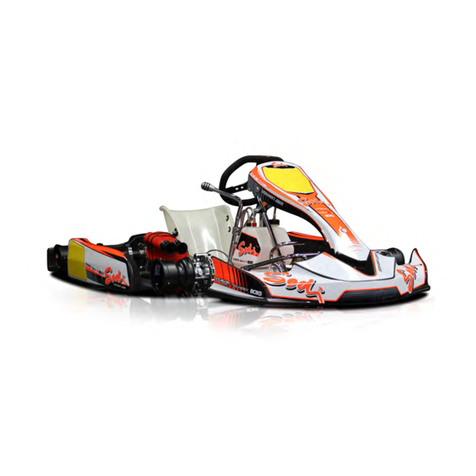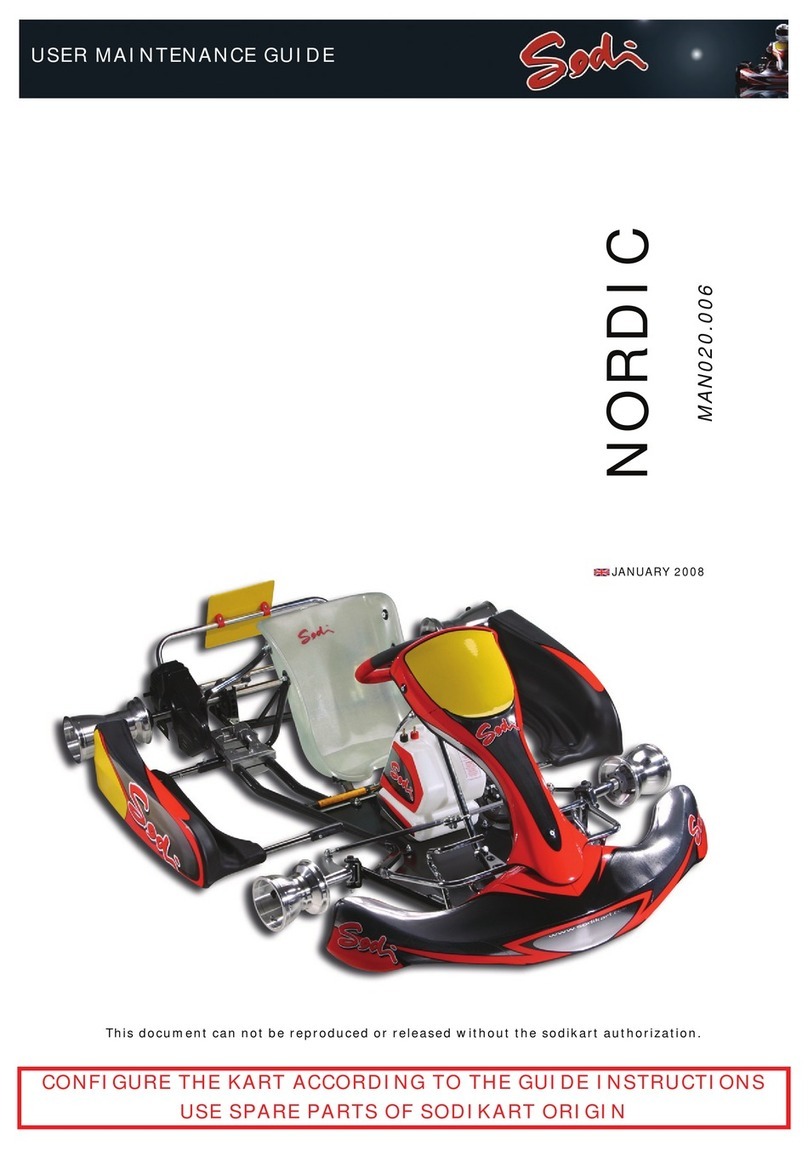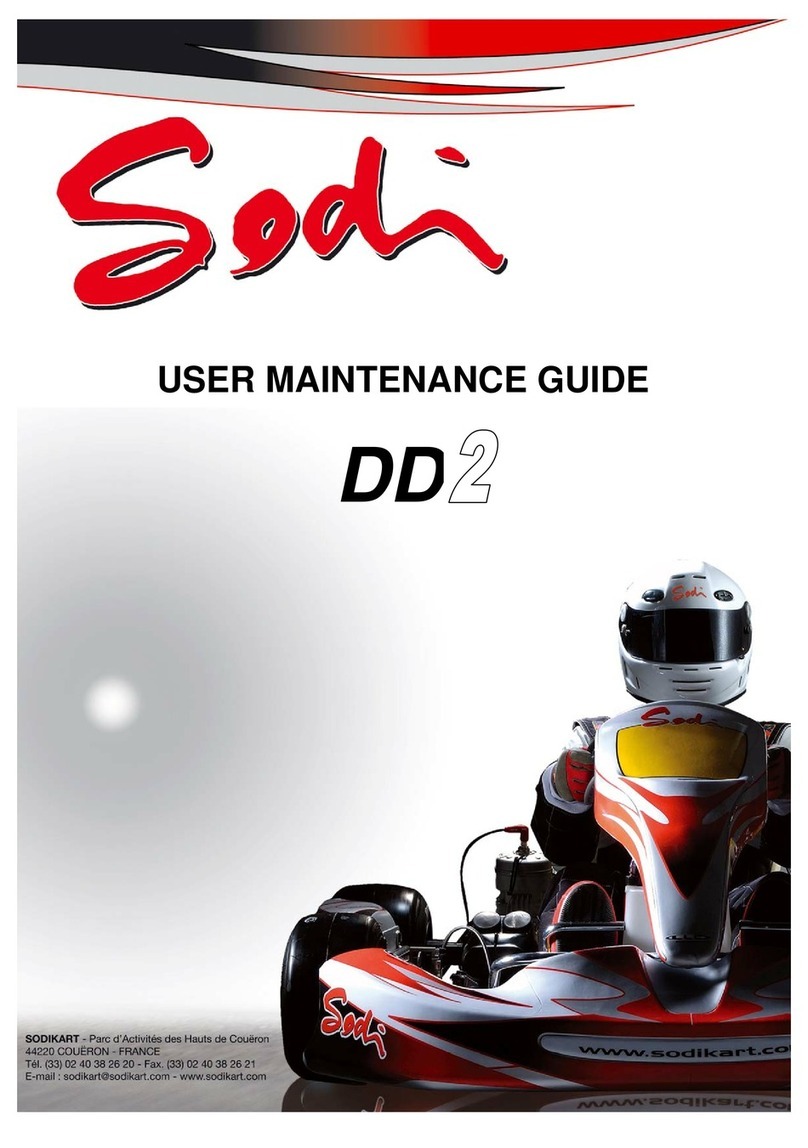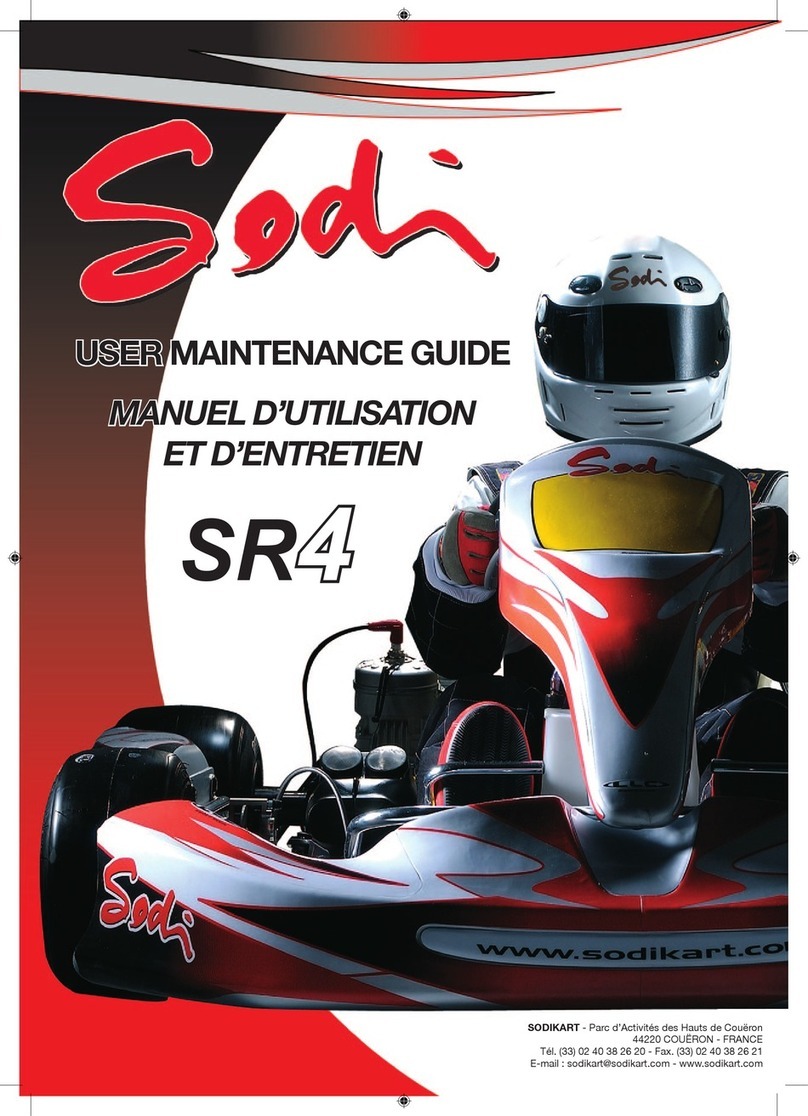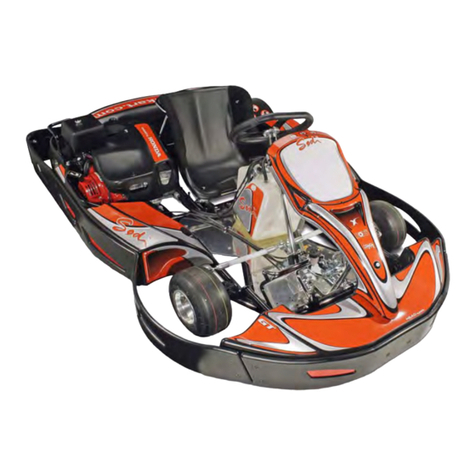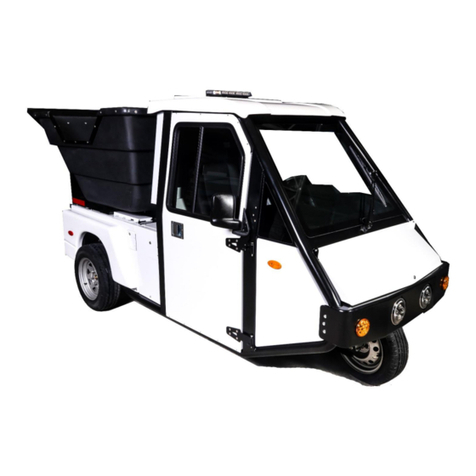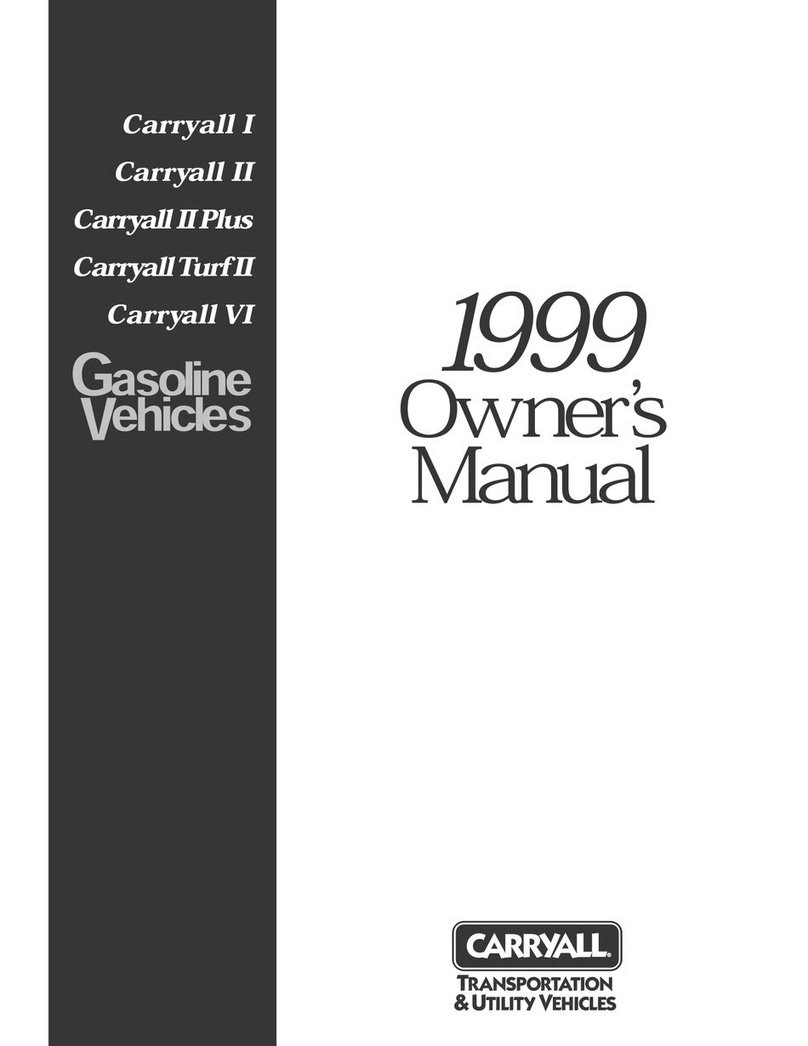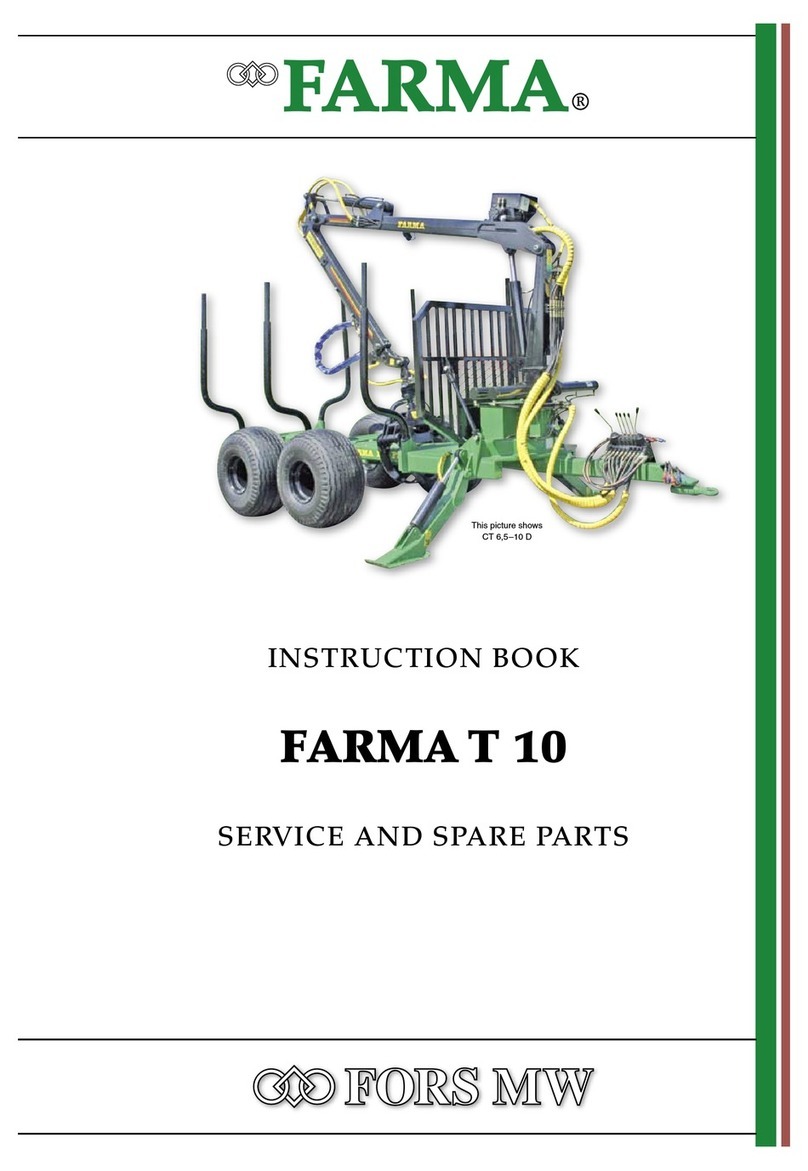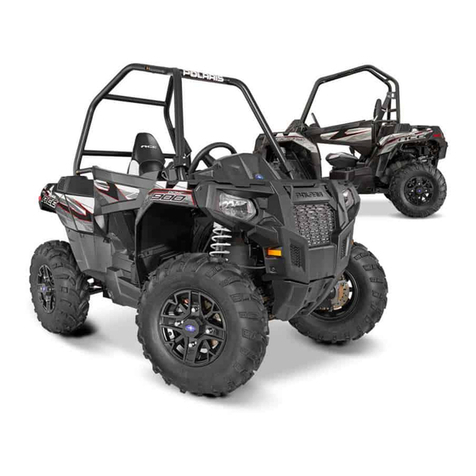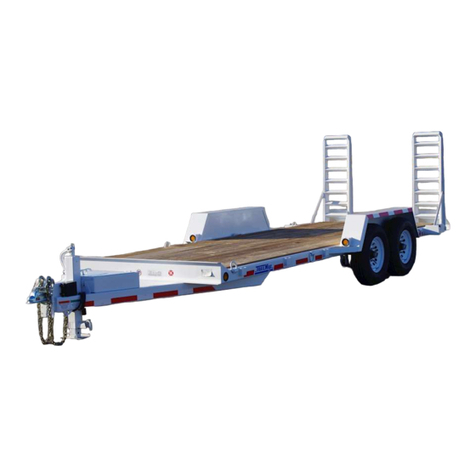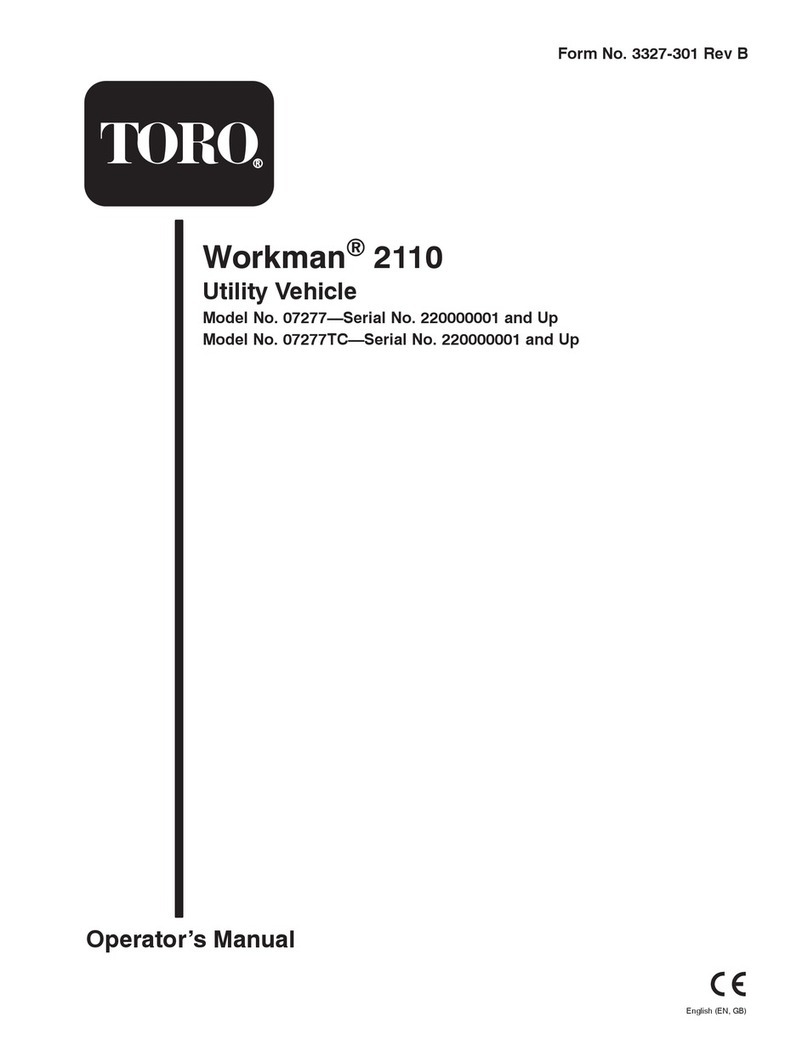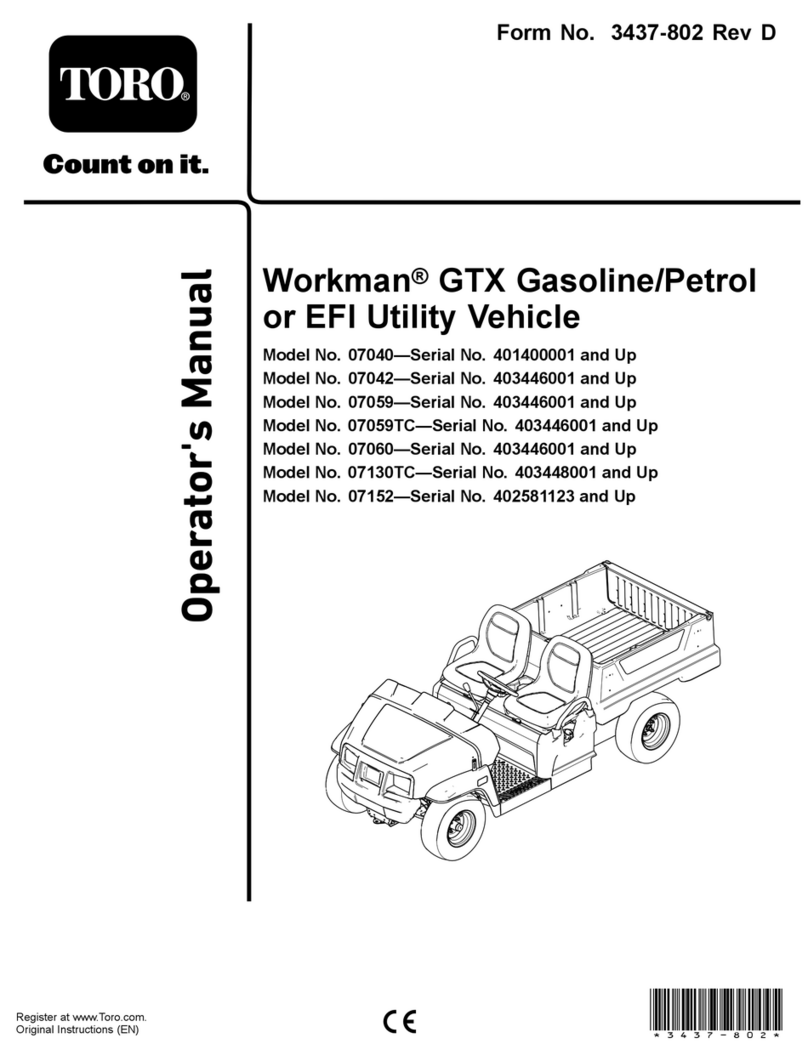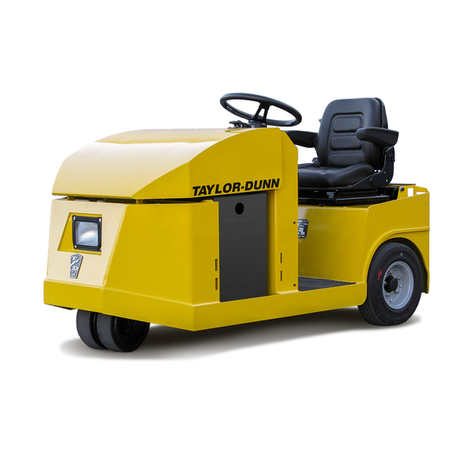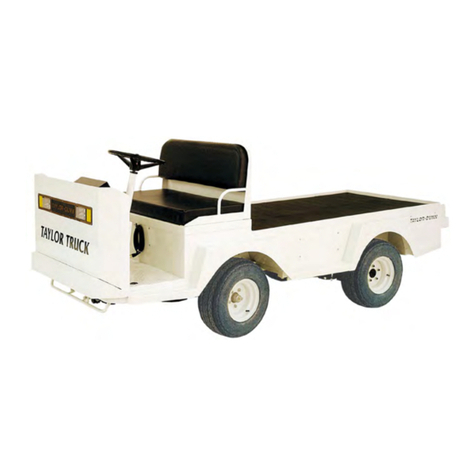
10/2022
4EN
USER AND MAINTENANCE MANUAL
1 - General
1.1 - Warning
A go-kart can be dangerous if not maintained or used
correctly. Read carefully this manual and pay a particular
attention to safety warnings and notes.
● Not following the safety instructions of this manual, may
involve your liability if an accident occurs.
● Read carefully hints, instructions or warnings following a
notes or warnings:
►Indicates a strong possibility of serious
personal injury or death if instructions are
not followed.
●Indicates a risk of property damage if
instructions are not followed.
●Provides useful information.
● The warnings and precautions contained in this
manual cannot cover every possible risk related to the
maintenance, or lack of maintenance, of a go-kart.
● In addition to the messages given, it is important to apply
good judgement and the basic principles of mechanical
safety.
● In case of any doubt on the way a particular operation of
maintenance must be made, ask for advice from a more
experienced mechanic.
1.2 - General precautions
● Keep the go-kart in its original state.
● Do not modify the go-kart.
● Use original SODIKART parts only.
● For the safety and reliability of the go-kart, it is important
to carry out the appropriate maintenance and repairs.
● If toxic or ammable products are used, make sure that
the places are ventilated well and that all the instructions
of the manufacturer of these products are respected.
● Never use petrol as a substitute for cleaning solvent.
● Check all hoses and mountings in the brake system to
ensure that there are no leaks.
● Ensure that the safety stickers are present and in good
condition.
● Put in order the parts that must be reused, to be able to
reassemble them in the correct manner.
● Use adapted or special tools for every operation if
specied.
● Before reassembly, make sure parts are clean. Apply
grease if needed.
● Use only lubricants, glues or specied waterproof
products.
● Replace by new parts: O-rings, self locking nuts,
split pins, circlips, and other specic parts after every
disassembly.
● Clean the contact areas from any trace of material,
before reassembling the parts.
● Tighten up all xations bolts to the specied tightening
torque using a torque wrench.
● Remove any trace of oil or grease from all threads.
● Check the correct tightening of all parts and their
functionality after reassembly.
● To protect the environment, comply with all legal
requirements for the disposal of used uids, batteries,
and tyres.
● To protect nature and the environment, dispose of used
parts in accordance with regulations.
1.3 - Safety instructions
The kart has been designed in accordance with the pending
rules of the CIK-FIA in force, which ensures an optimum
safety in normal conditions of use.
Its high speed and performances imply a proper
maintenance.
For your safety and the one of other pilots, please thoroughly
respect:
● The assembly instructions.
● The adjustment recommendations.
● The maintenance plan.
►The SODI chassis is designed for safety
and reliability in normal conditions of use.
Before using it, please read this manual
and carefully follow the instructions. By not
doing so, you might be exposed to a risk of
severe, even fatal injury, and your kart might
suer damages.
►The SODI chassis can only be used on an
approved track and by a driver who is in
possession of a valid membership card of
the kart’s federation of his own country.
►Prior to going on the track, please check all
points related to safety.
►In order to avoid re, put the kart at least one
meter away from the buildings. Never leave
inammable objects close to the kart.
►If fuel has been poured, wipe and wait for
vapours to dissipate, before starting the kart.
►Kids and domestic animals have to be kept
away from the kart and the track.
►Never let anybody use the kart without
making sure before that the driver has
knowledge of all the safety instructions and
that he wears the adequate protections.
►Driving prohibited for any pilot with health
problems (for example: heart problems).
►Driving prohibited for any pilot having a
strange behavior or being under drugs or
alcohol inuence.
